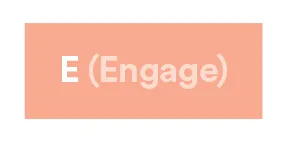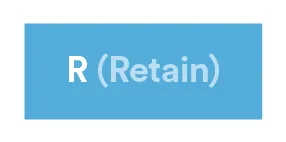Customer Lifecycle Touchpoints
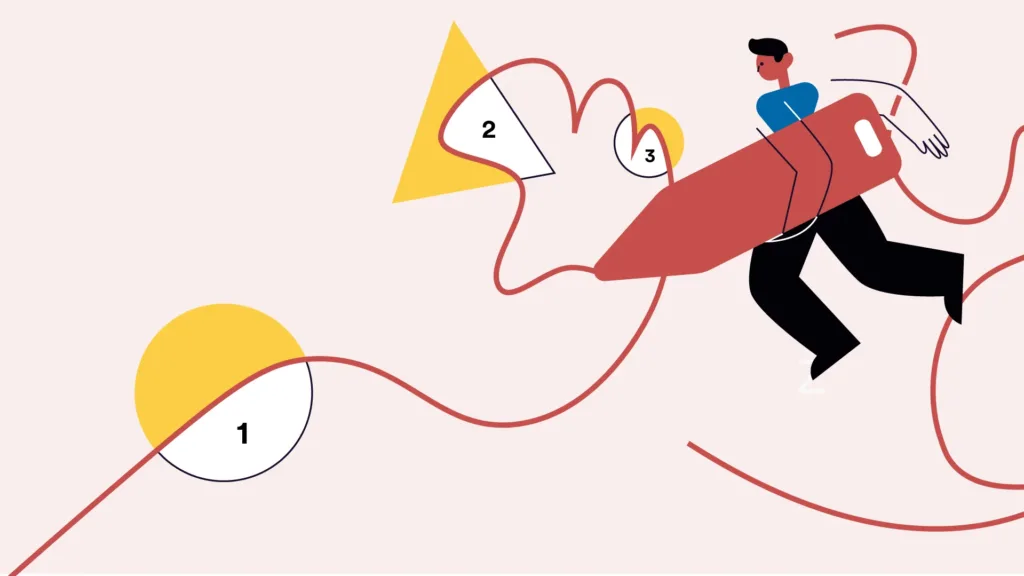
By the time the customer comes to you, they have already ended their search journey and they now begin their journey with you. In an ideal world, customers would find your product easily, be able to start and master it without much effort, and immediately see the value of your product. Basically, your product would meet all of their needs right from the beginning.
Depending on your position, you probably focus a lot on one or more specific areas in the customer lifecycle. If your team looks at the customer lifecycle as a large funnel, you’ll know that every stage in the funnel is affected by the previous one.
And you also know that it really isn’t that easy to acquire and retain your customers.
In this article, we take a look at the customer lifecycle and identify 3 common issues that you may encounter in each phase. But first, what’s the difference between customer lifecycle and customer journey?
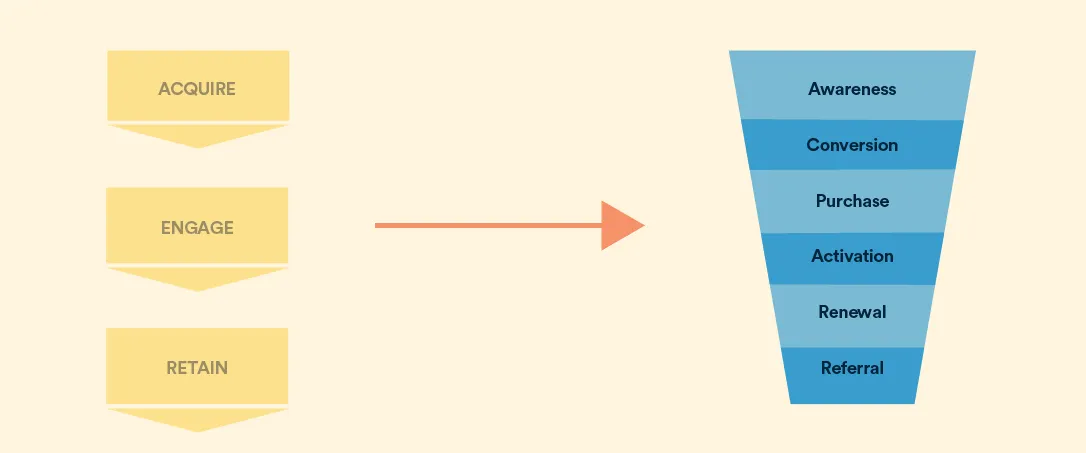
Table of Contents
Customer Lifecycle vs. Customer Journey
The difference between customer lifecycle and customer journey can be confusing, but they are definitely not interchangeable terms! The customer journey (also known as the buyer’s journey) is typically divided into three main stages, namely awareness, consideration, and decision.
In the awareness stage, customers realize they have a pain point/ problem they need to solve and start looking for information that will help them pinpoint and identify what particular problems they have. In the consideration stage, the customers now recognize their exact problem/ pain point and start actively searching for methods and approaches that will help solve their problem. Finally, in the decision stage, customers are now actively trying to resolve their problem by looking for possible solutions. They search for detailed information that will help them make an active decision.
The customer lifecycle, however, is an active process that is organized and driven by sales and marketing teams where potential customers are segmented into different stages. The lifecycle is about conversion efforts and how to maximize these conversions. These different stages, into which customers are segmented, create the marketing and sales funnel. And as customers move through each stage, more and more of them will essentially leave the funnel because they are not quality customers (here, terms like leads, MQLs, SQLs, customers, and evangelists come into play). Customers are targeted at each stage with the right messages so as to convert them and retain them.
Once your customer decides that your solution may be a good one to go with, they enter the funnel. They are now on your radar and they’re part of your customer lifecycle. Good job ;).
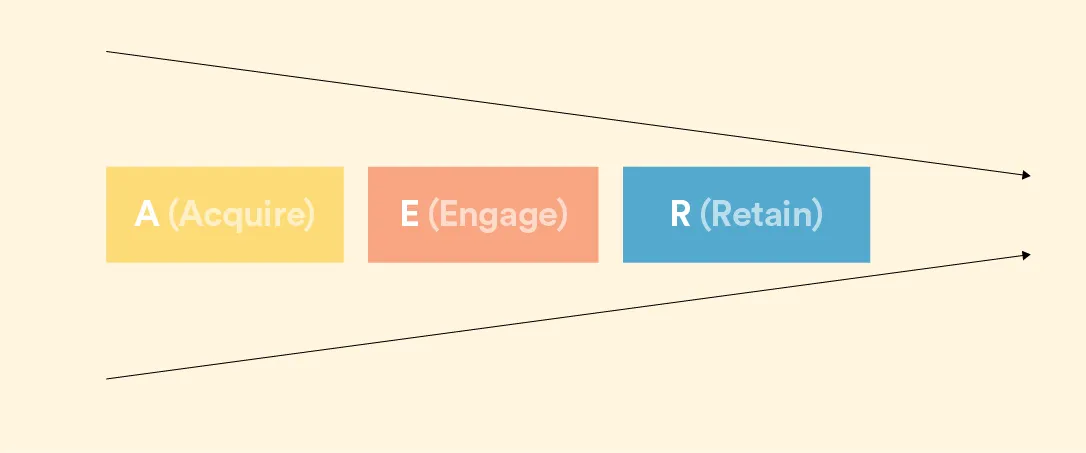
The 3 Phases of the Customer Lifecycle
Now, let’s dig a little deeper in the customer lifecycle.
The customer lifecycle typically consists of 3 phases with more specific subcategories.

Awareness
Potential customers have a certain problem that they expect you to solve. They become aware of your product through various means, such as via their own research, ads, blog articles, videos, or software review websites like G2.
Conversion
The potential customers have shown interest in your product and have opted in to some of your content or downloaded a whitepaper. This is where your lead nurturing efforts would come in to help drive the customer closer to a decision. At this point, you want to provide useful and helpful resources to the prospects to support their decision to try your product.
Purchase
Nice! The prospect has made their way down the first part of the funnel and they have decided to try your product. But the work definitely doesn’t end there. In fact, it’s only really just beginning. This is where you should focus on providing an excellent onboarding experience and monitoring product engagement.
Activation
Remember, in a subscription-based economy, it’s never just about closing a deal. Customers have the flexibility to leave at any point in time and go to a competitor if they can no longer see the value in your product. This is why it’s so important to educate and support your customers AT ALL TIMES, no matter the time, location, or what their current product knowledge level is. Proactively providing resources to your customers, such as a knowledge base, customer support team, or interactive performance support, helps overcome any roadblocks that may lead customers to churn.
Renewal
As mentioned above, in a subscription-based model, contracts need to be renewed before customers can continue using your product. At this point, your dedicated customer success manager should have built a solid customer relationship and should be completely aware of any sort of objections the customer may have that would prevent them from renewing the contract.
Referral
This is the ideal scenario if you work in SaaS. Not only have your customer(s) renewed with you, but they’ve also become a customer advocate because they are extremely confident and satisfied with your business. Whether it’s through word of mouth, customer testimonials, or an online review, happy customers who are willing to share their joy is great for business and is also a sign that your customer acquisition and retention strategy is working. This is also a good time to discuss your customer loyalty program if your company offers one.
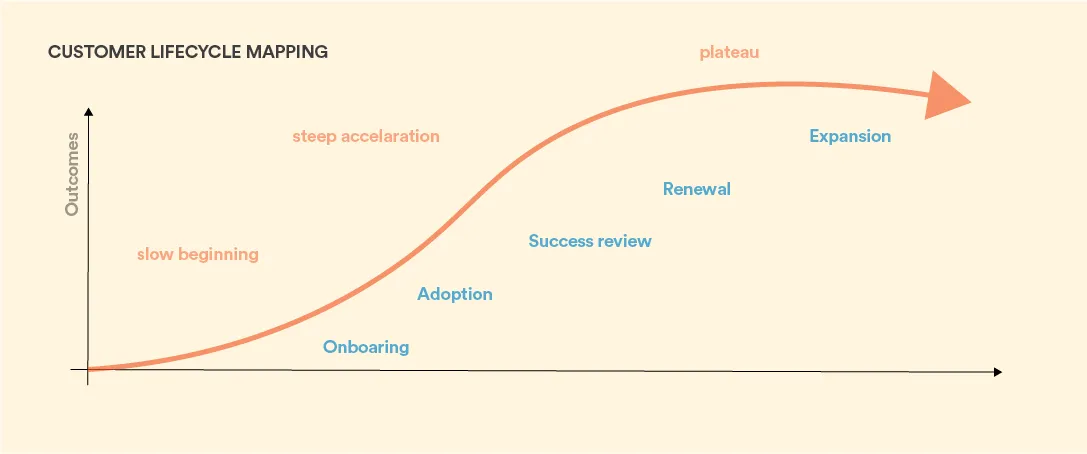
What to Look Out for in the Customer Lifecycle
The best possible outcome would be one where your customers go from awareness to sign-up to customer advocacy overnight.
Unfortunately, the reality of the customer lifecycle in SaaS is that a large number of the people who end up on your website never actually end up converting at all. And although sometimes frustrating, it’s totally normal.
Another reality of the customer lifecycle to consider is that not all customers renew. The truth of the matter is that most of the time, your acquisition efforts don’t acquire all of your desired customers, your engagement methods don’t land with your customer, and your customer retention efforts go unnoticed.
But don’t be discouraged!
Identifying the challenges that most SaaS businesses face on a daily basis should help you better understand the full picture of the customer lifecycle. In this way, when certain red flags arise, you can pinpoint what area of the customer lifecycle these red flags are interfering with and what appropriate measures you can take to resolve the situation.
Here are some important issues you will need to address throughout the customer lifecycle in order to optimize the flow.
Acquisition
During the “acquire” phase, your team is focused heavily on attracting traffic. Lots of traffic.
And when there is a large volume of traffic coming in, everyone starts to celebrate! But hold on, there is one very important detail missing.
The first thing you need to consider in the acquisition phase is your website-to-sign-up conversion ratio. High traffic and low signups can mean one or more of a few things:
- you are targeting the wrong customers
- your website copy and/or structure is confusing or lacks overall perceived value
- potential issues with your product/market fit
High traffic only helps if you are attracting the right traffic. Since you are casting a wide net at this stage, it is always possible that you reel in a few unexpected fish. Make sure to compare your website-to-sign-up conversion rate against previous periods to understand what may have been influencing traffic as well as what changed in your acquisition strategy.
Engagement
Potential leads are coming in, your acquisition strategy is working, and trial users seem to have high potential to become paid customers.
But let’s say you are seeing a lot of turnover in this area. What is happening? Why are trial users dropping off at this stage? How can you fix this?
Product engagement and product adoption is mission-critical at this point. This is why you need to invest in your user onboarding experience.
Highlighting key features, pushing for more engagement, and offering on-demand support is the best way to show your customers the true value of your product at the right time. With proper execution, you will see a decrease in support tickets and in time-to-value. Doing all this will get you one step closer to customer success.
Retention
The thing to know about customer churn is that it will always be a part of the customer lifecycle as well as a part of the subscription model. It is inevitable, but it is also manageable.
As you’ve probably heard a million times, it’s much less expensive to retain a customer than to acquire a new one.
This is actually why the field of customer success came into being in the first place. Previously, companies had been too focused on the acquisition of customers and tended to neglect retaining them.
Customer success managers are the best people for the job because they are in constant customer contact and have a first-hand reading into what each customer account is like.
NPS or CSAT Surveys are used to collect customer feedback during the length of the contract and beyond. This feedback is worth its weight in gold for the rest of the company as well because not only do you learn about your business’ approach to customer service and support, you also receive product feedback and other indicators that could be flagged and taken care of immediately.
Some things you can learn from your CSMs and surveys are:
- What key features are we missing from our product?
- How do our customers feel about our support methods?
- How reliable is our product?
- How likely are they to recommend your product to a friend?
- How do they feel about your company and brand?
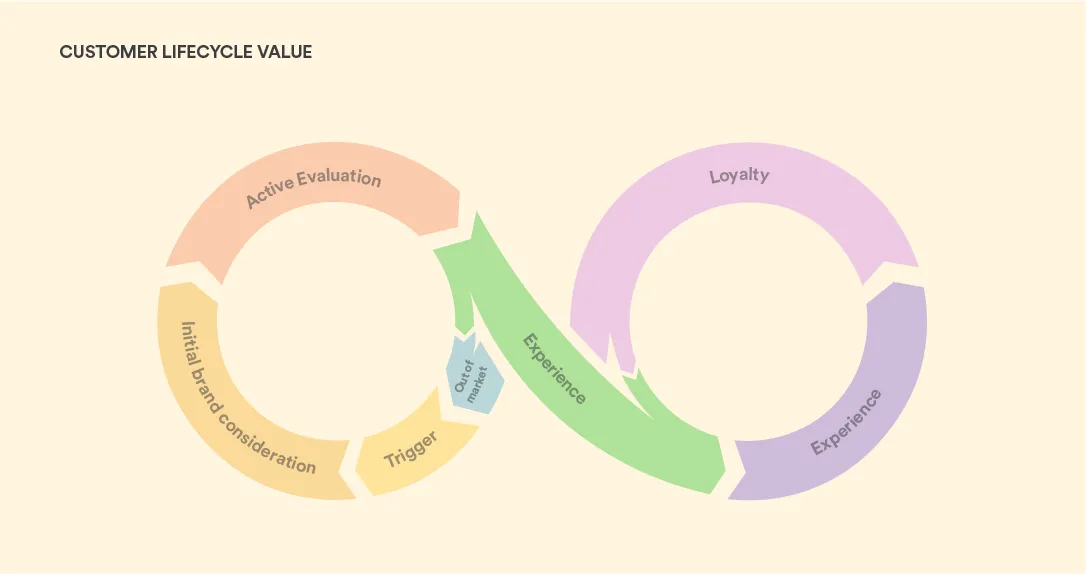
Customer Lifecycle Mapping: The Full Customer Experience
If you’ve ever worked on customer lifecycle mapping, you might have noticed you aren’t just mapping out the customer lifecycle. Yes, you are mapping out high-level touchpoints that affect the full customer journey, but you are also mapping out the entire customer experience.
Why is this important to know? Well, it’s because the customer experience is a result of every single iteration your customers have with your brand.
One miscalculation, one misinterpretation, one slip in the customer lifecycle … the reality from what you think your customers are experiencing to what they are actually experiencing will be very different.
To understand it in simple terms, an investment in customer experience is an investment in:
- customer retention
- customer satisfaction
- positive company branding
According to a study by the Temkin Group, “companies that earn $1 billion annually can expect to earn, on average, an additional $700 million within 3 years of investing in customer experience. For SaaS companies in particular, they can expect to increase revenue by $1 billion.”
The customer experience is shaping the way SaaS companies do business. It is now the key differentiator when comparing products, and it is the reason why customers choose to use your product.
As Jerry Gregoire, Dell’s CIO, said; “The customer experience is the next competitive battleground.”
Pareto principle 80/20
And how can you quantify the customer experience? There are a few ways, but one way to see how this applies to your business growth strategy is by taking a look at the Pareto Principle.
Some quick theory for those not already in the know: Italian economist Vilfredo Pareto discovered all the way back in 1906 that 80% of the land in Italy was owned by only 20% of the population. It was then discovered that this 80/20 distribution actually happens quite frequently, and so the term Pareto Principle was coined.
When you apply this to business, this can mean that in general, 20% of your customers represent 80% of your sales. The Pareto Principle is actually a very powerful and handy tool that you can leverage to grow your business. For example: Which 20% of your time gives you 80% success in terms of results with your customers? Or look at the top 20% of your customers (who, as mentioned, represent 80% of your sales). What are their characteristics? What defines them? And how can you use these identifiable characteristics and patterns to find and target more customers like them so that you can boost efforts to attract them and, therefore, increase sales and create an even more loyal customer base.
And what’s even cooler is that the Pareto Principle has exponential power. In other words, within the 20% of customers that represent 80% of your sales lies another top 20% that represent 80% of your sales. This means you can find out what their characteristics are and create more personalized and targeted campaigns to attract these customers. And as you close more and more sales, the more your 20% will grow. So you can see the power of the Pareto Principle and how it can help scale your SaaS business quickly and effectively.
However, before you channel all your efforts into making your 20%-ers even more successful, it’s important to remember that the other 80% still contribute to the profitability of your company in some way. Your customer success managers will need to identify what is making those 80%-ers less profitable and what they can do to help them in their success. It’s always more cost-effective to retain than acquire, so keep this in mind when you’re focusing too much on your 20%-ers and not enough on your 80%-ers. All customers have the potential for growth, and using the 80/20 rule is a great way to help you with your success efforts.
The Customer Lifecycle: Coming Full Circle
When issues arise in the customer lifecycle, a lot of people think the answer is just to take more money from the budget and allocate to the issue as a quick fix. But the truth is, just throwing money at the problem won’t always solve it in the long-term.
Everything isn’t as simple as a funnel flow, and unless you’ve mastered the whole funnel to a T, you will have to understand how each aspect influences the other and continue optimizing it as your product develops and the market changes.
The most important and interesting fact about the customer lifecycle is that it never truly ends. It follows a certain periodic cyclical pattern giving you the chance to identify where customers are in the cycle and what you can expect at the respective stage.
Ultimately, you want to fully maximize the potential revenue for each of your customers. The path to do this lies in your ability to optimize and streamline the customer lifecycle. When you can successfully do this, you build and strengthen brand loyalty and create brand advocates for your business in such a manner that your company becomes a household name. Achieving this goal takes time, dedication to the customer experience, and a great product that offers relevance and value to your customers.
In our customer success playbook, top customer success experts discuss some of the major issues SaaS companies are facing and provide strategies on how to overcome such challenges to drive growth and retention.
